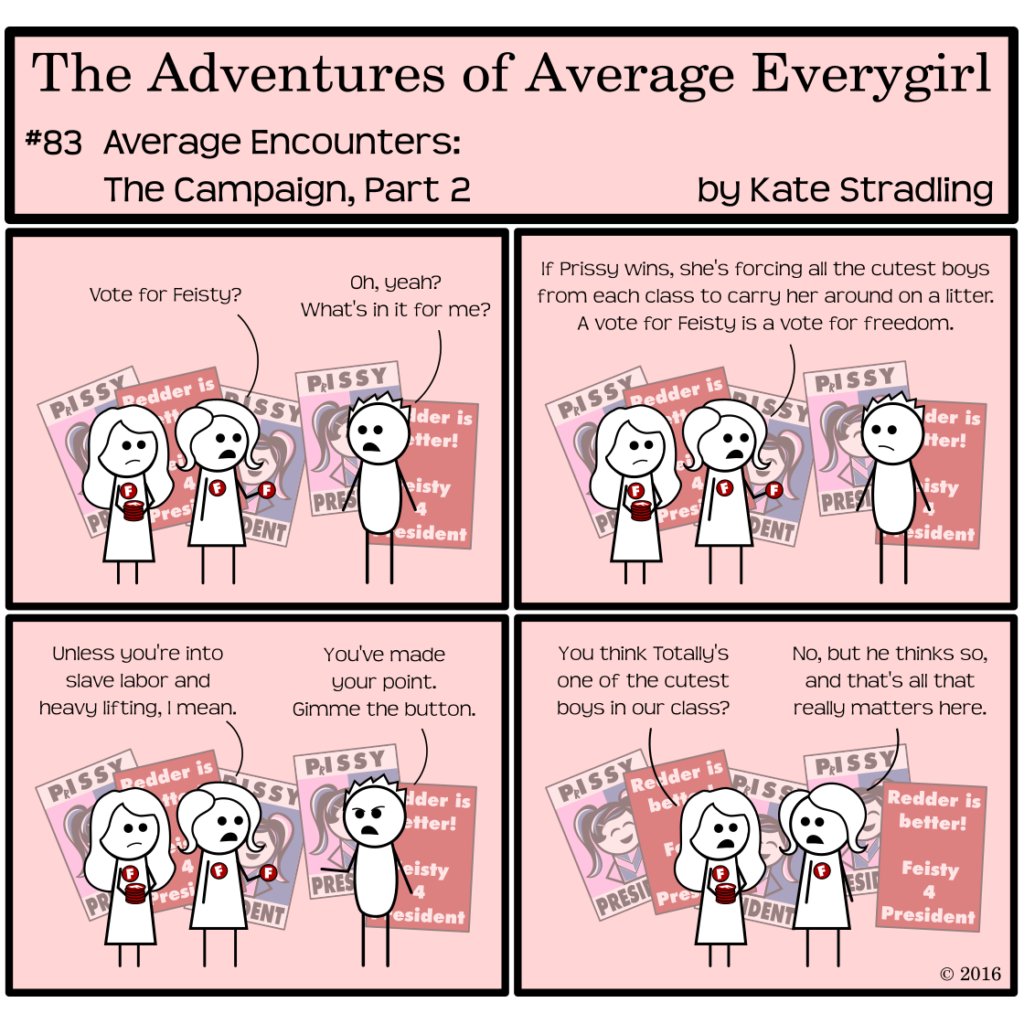
Subtlety is a dying art. In this era of instant gratification, audiences often gravitate toward whatever content makes them do the least amount of thinking.
“Critical analysis? Pshh. That’s for suckers.”
More and more, people want to be spoon-fed their own opinions and inclinations. They slurp their media through a straw and swallow whole or toss aside anything that requires chewing. Worse, the longer they have only pap to ruminate upon, the less able they are to ruminate at all. And when something comes along that absolutely requires full and rigorous chewing, they filter it out and complain about it afterward.
Usually in the reviews section on Amazon. But I digress.
The Perils of Passive Thinking
This passive mindset creates a cross-section of individuals who cannot identify when communication is bona fide and when it’s not. They key their trust to superficial elements—or, typically, to one superficial element in particular: “Does this make me feel good?”
The modern audience wants to be acted upon, you see. The less effort we have to expend, the better.
Our disinclination for critical thinking becomes a veritable playground for content producers well-versed in the nuances of language. The pattern plays out in politics and the entertainment industry alike: an essential part of communication is choosing what information to present and what to withhold.
An audience that doesn’t even question whether it’s looking at the whole picture, then, is ripe for manipulation.
If one knows how to go about it.
More Than Surface Meaning
Personally, I find the spoon-feeding mentality insulting. Not only does it beleaguer one’s mental capital with an excess of information to wade through, but it implies that an audience lacks the intelligence to understand the full meaning without such careful guidance.
Communication occurs in layers. You can have your superficial “this makes me feel good” layer that contains just enough details for the incurious to accept it as whole, but there are always a multitude of underlying, subtle layers that leave a trail of breadcrumbs for the more canny audience to follow. Where that trail leads depends on the competence of the communicator.
And if I had to choose, I’d take the subtle layers any day of the week. Whether the audience fills in the blank with their own assumptions or follows the subtext to deeper meaning, there is always great power in the details left unsaid.
Wow, way to pretty much sum up the biggest problem of this generation. Not the lack of information, or ability to critically think, but the problem that we just don’t critically think about most stuff. Probably because it is outing out At a high volume from every source that leads us to just spend time filtering out the hard to think about and keep the easy to remember or agree upon.
I agree that information overload plays a huge role in this. When you’re hit with rhetoric from every angle, it’s easiest to curl up in the fetal position and ignore it all. Another factor, though, is that a lot of people assume that they’re critical thinkers by default. Instead of delving into the depths of the great “Why?” they skim their initial thoughts and pat themselves on the back for being so clever.
It’s very much a social issue. We as a society value rapid-fire responses and diatribes where the speaker can spew a list of statistics on call. A quick mind isn’t necessarily the hallmark of a critical thinker, though. So many issues require thoughtful deliberation, but that takes time and effort that few care to invest.
Comments are closed.